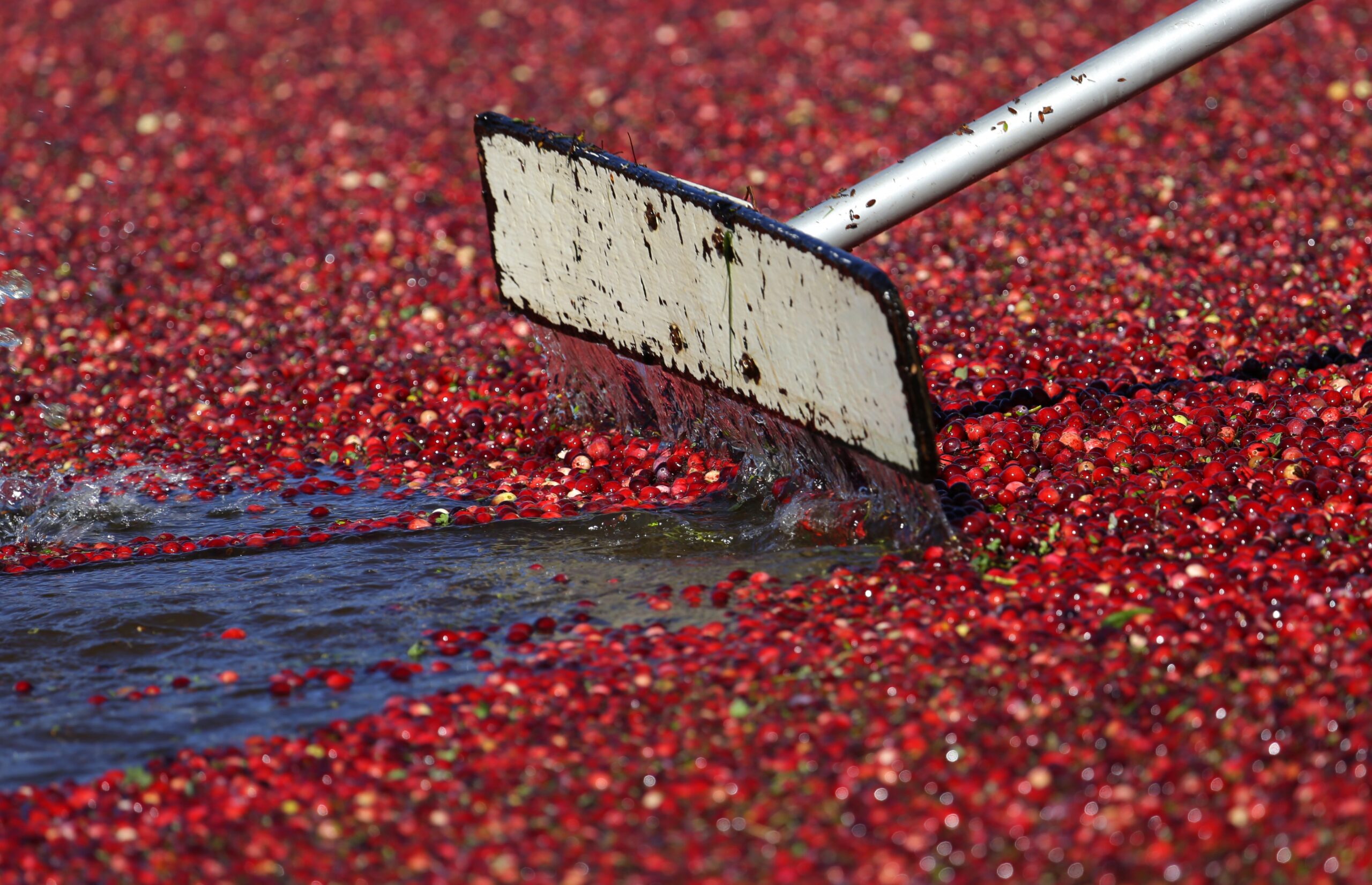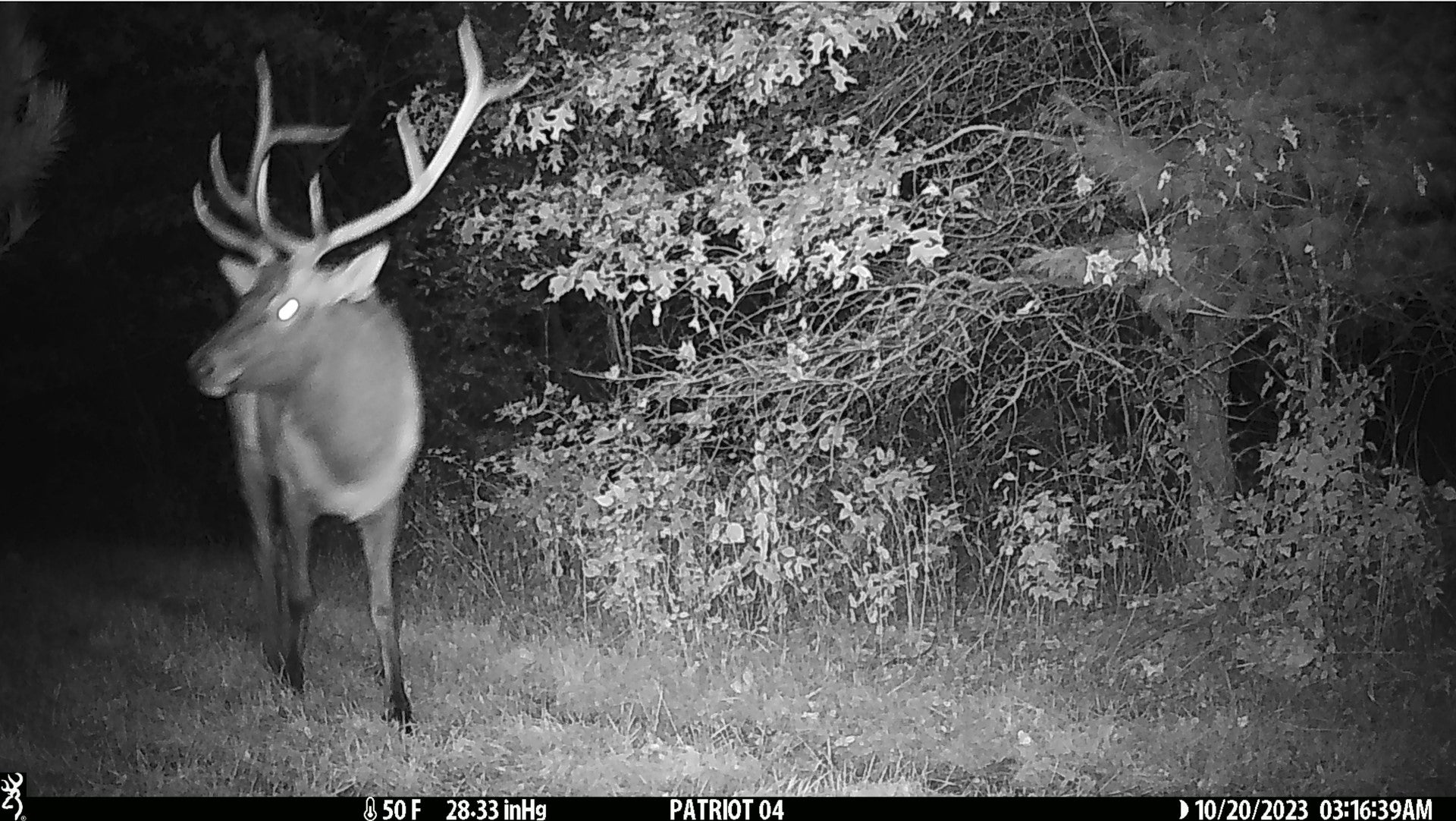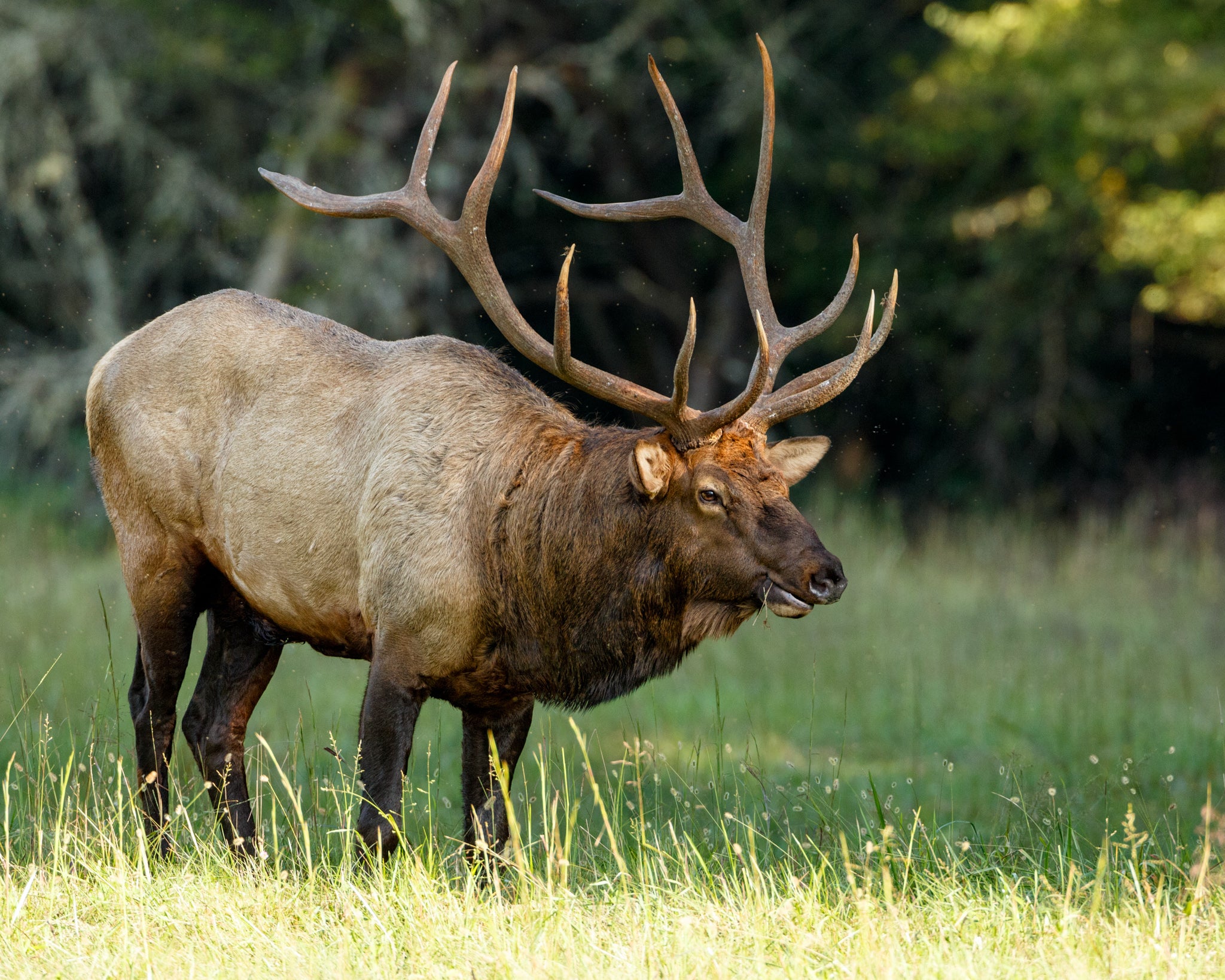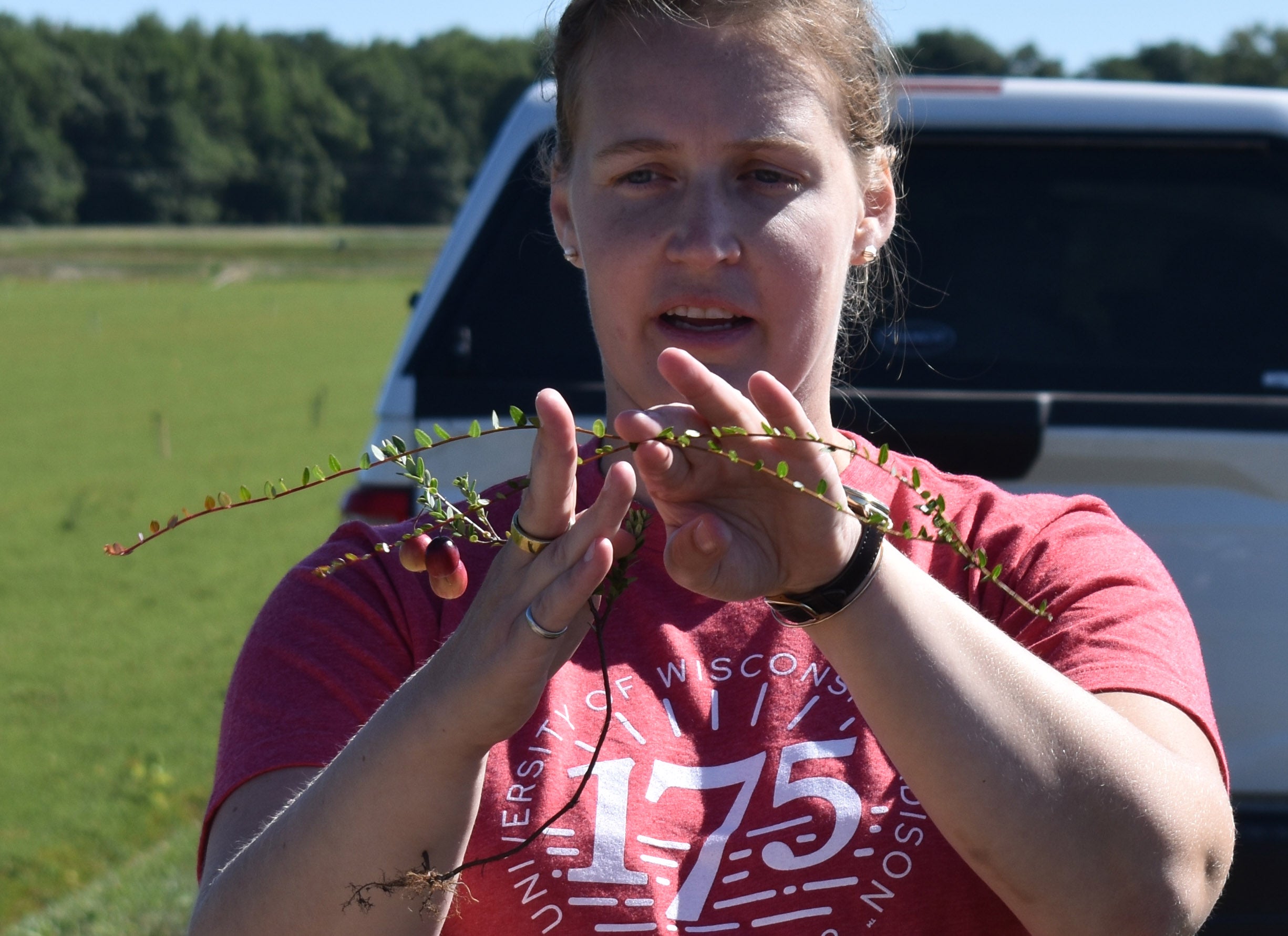Some cranberry growers in Jackson County say newly released elk are a threat to their crops and marshes. Now, state Department of Natural Resources officials are striking a deal to pay for fencing to keep elk out.
The DNR and a host of stakeholders in Jackson County have worked since 2001 to reintroduce an elk herd to the forests of Jackson County. In August 2015, 23 elk, transplanted from Kentucky, were released into the wild. But less than two weeks later, Jackson County cranberry growers started seeing them in their farms.
Tom Lochner, the executive director of the Wisconsin Cranberry Growers Association, said the elk cause much more damage than deer because at 800 pounds, an adult can eat lots of cranberries.
Stay informed on the latest news
Sign up for WPR’s email newsletter.
“They also like to create wallows where they dig out an area to lay down in and rest and probably cool themselves. They have also been known to dig and rut in dikes and cause washouts, which is a huge concern for our growers,” said Lochner.
During the past year, Lochner said growers and the DNR have been working on a deal to fence in Jackson County cranberry marshes at no cost to growers.
“There wouldn’t be a need for the fences if it weren’t for the fact that the department had brought in this non-native species to live in central Wisconsin and since the department and the proponents brought the elk in we don’t think it’s fair to ask for the local farmers and landowners to pay the cost for providing habitat for them,” said Lochner.
Elk are a native species to Wisconsin, though they haven’t been around the state since the late 1800s and for cranberry growers in and around Jackson County they’re a new problem.
Tom Hauge, the director of the DNR’s Wildlife Management Program, said the agency has come up with a contract that could pay upwards of $1 million to fence in cranberry marshes in Jackson County.
“It won’t take very many elk to spend some time on a marsh to result in significant damage to the plants and the beds and then we’d end up paying that out in a damage claim,” said Hauge.
Cranberry growers in neighboring counties like Wood and Monroe will not qualify for free fencing from the DNR. Hauge said those growers do, however qualify for damage and abatement funds available from the DNR.
There are currently 15 elk in and around Jackson County leftover from last year’s release. The DNR plans to release an additional 40, some of which are pregnant cows, this summer. Hauge anticipates there could be 50 to 60 elk in the region this fall.
Wisconsin Public Radio, © Copyright 2024, Board of Regents of the University of Wisconsin System and Wisconsin Educational Communications Board.





